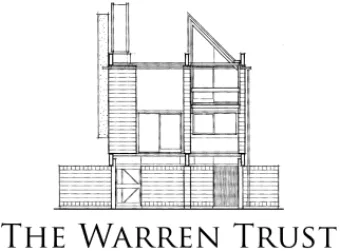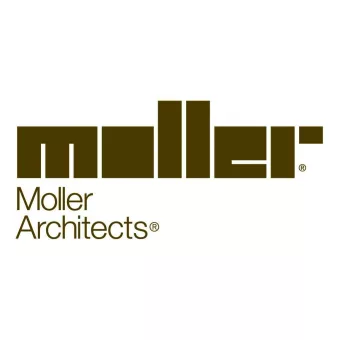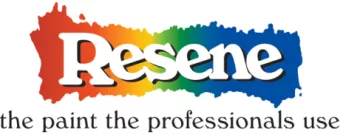Symposium: Architecture in an Expanded Field 21/9/13
15 Oct 2013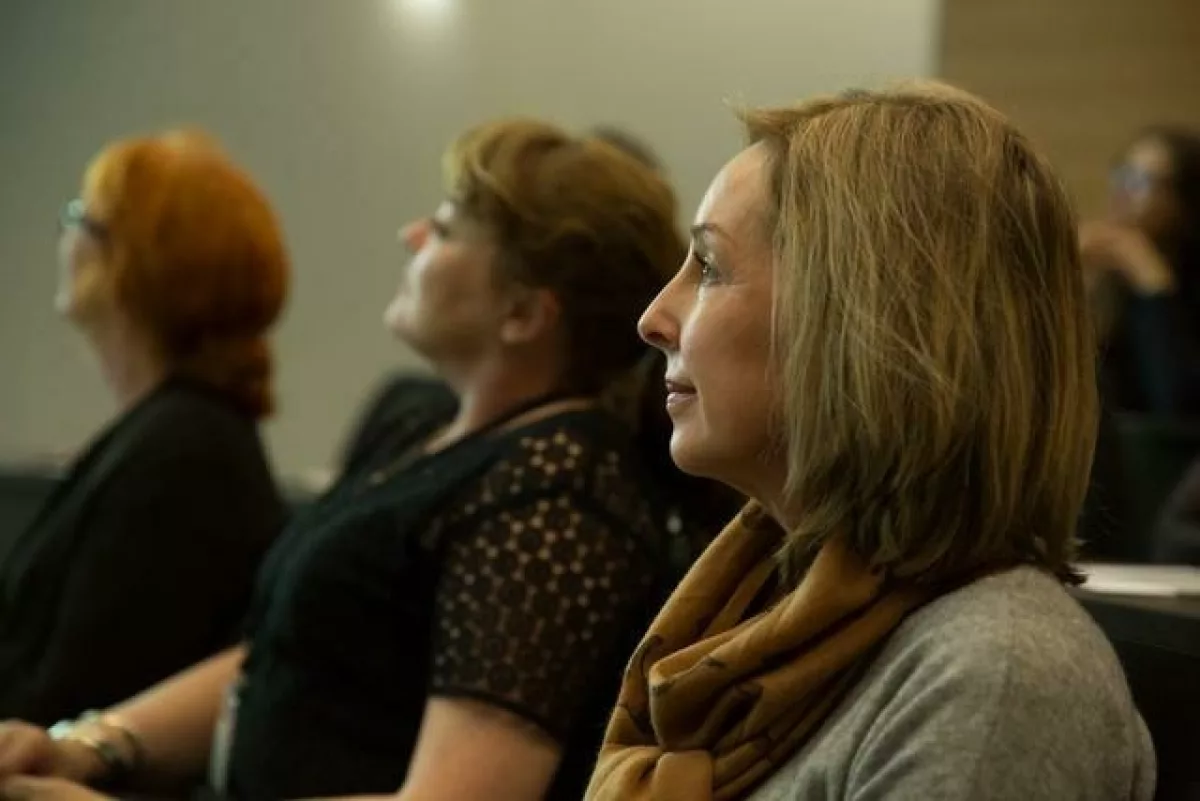
Wendy Shacklock reviewed Architecture in an Expanded Field for the NZIA Bulletin (27/9/13) and we have re-published her piece here, with the addition of some images from the day. You can see more images on the following links from throughout the entire day, taken by Mango Films Ltd (MF) and Rebecca Moldenhauer. (RM)
"The symposium seemed more like watching an engaging movie than a conference. As the day unfolded to the provocation 'Architecture in an Expanded Field' (as mooted by Sarah Treadwell), we celebrated our collective expertise as divergent thinkers. Political issues of gender bias in employment, opportunity and remuneration were discussed, but the overwhelming tone of the day was celebratory. Investigative academic discourse traversed a wide terrain via eleven different talks, united by the common theme of an architectural education cross-pollinating with other disciplines to explore diverse issues but ultimately informing architecture in the most inspiring and creative ways.

The relaxed tone was set by the first keynote speaker, Justine Clark, formerly editor of Architecture Australia and presently editor of Parlour website. Along with her personal journey from architecture to publishing, Justine presented her research on Equity and Diversity in the Australian Architecture profession. Amusingly, she confided she had become quite subversive on occasion - and when she had the opportunity - to further her egalitarian agenda.
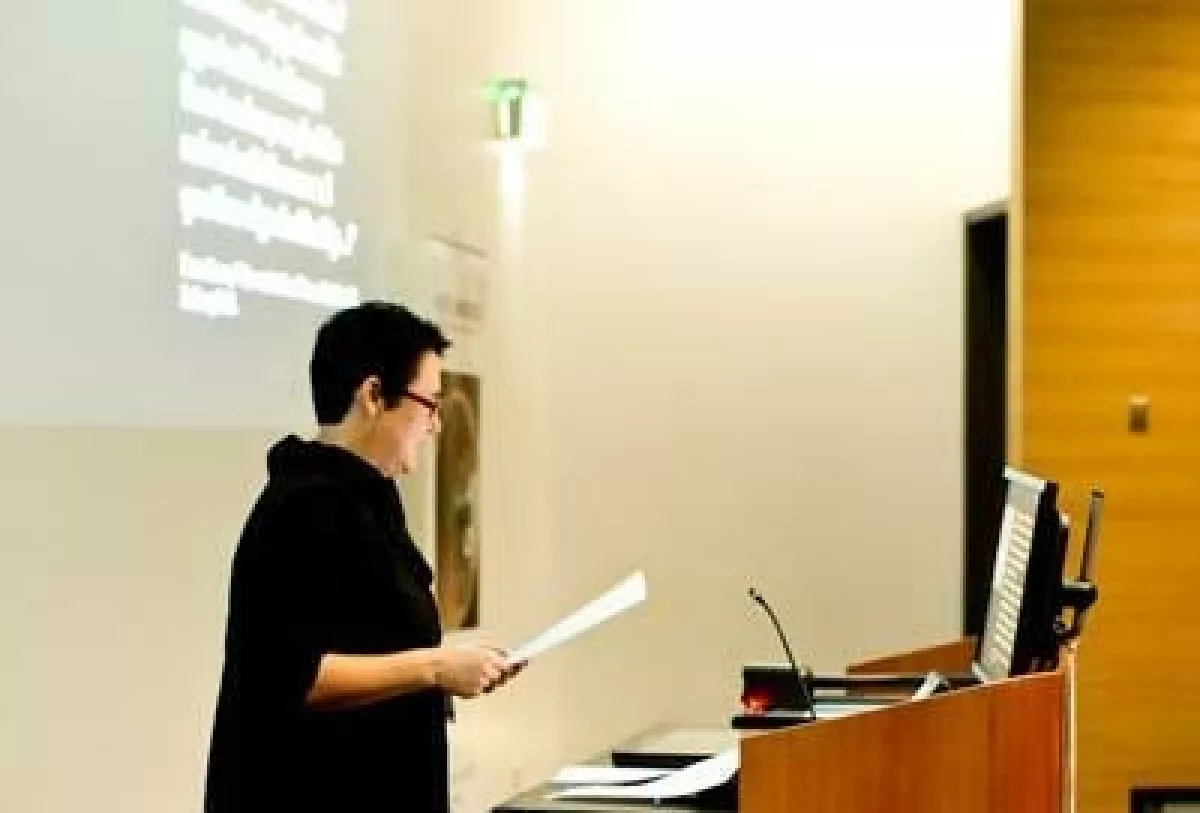
Jane Matthews gave an overview of her work in architectural conservation and heritage, including the documentation of our significant heritage buildings, places and urban centres, and her work, with councils, clients and the NZHPT, to ensure their protection and preservation.
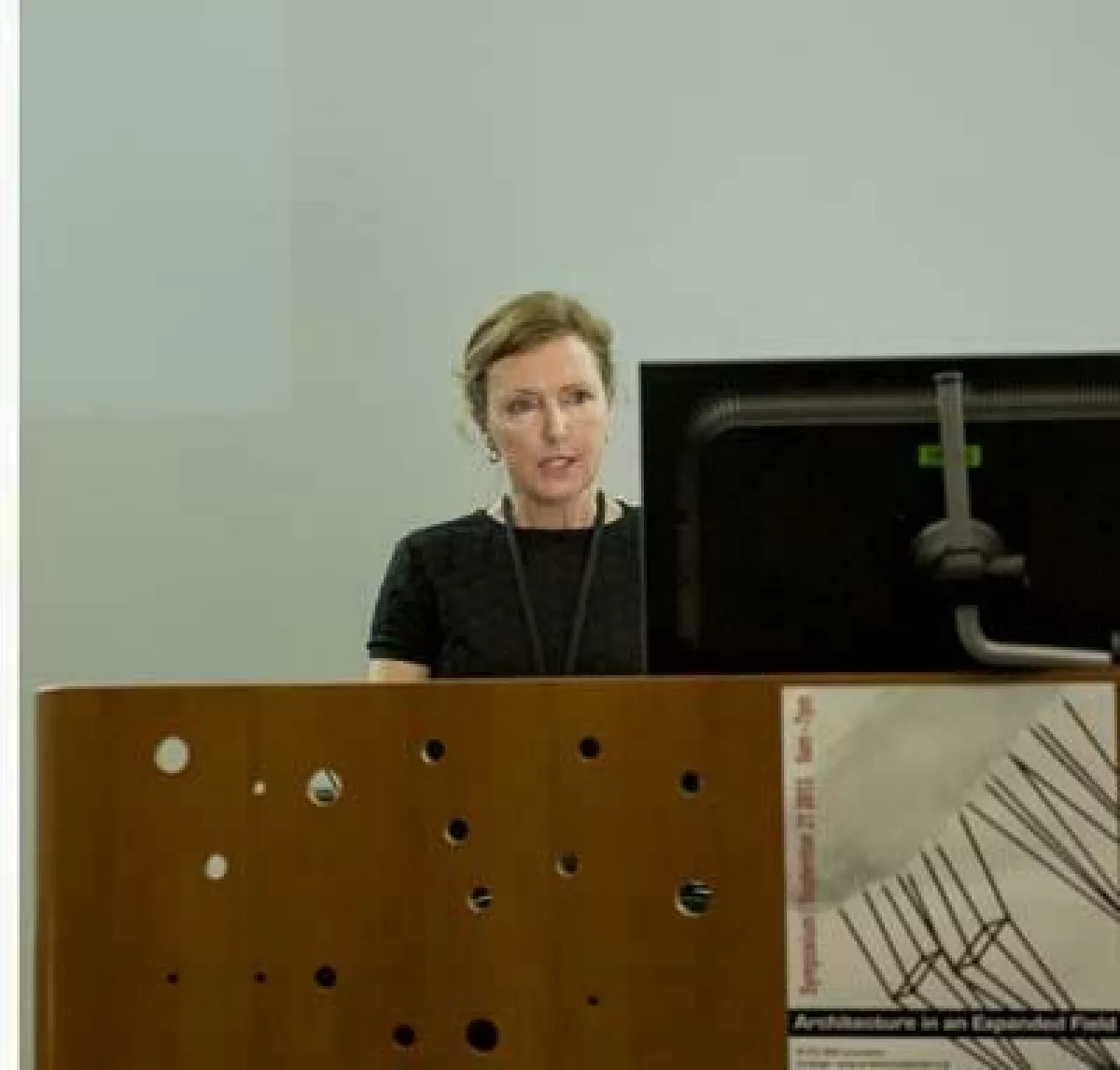
Two speakers have been working behind the scenes for the betterment of the greater Auckland city. Sue Evans' education spans science, architecture and urban design and her recent work in Auckland Council has seen her managing the exciting large-scale outdoor public space projects we have seen evolve. We can recognise the clarity of overview that these all exhibit and are all beneficiaries of skills Sue brought to this role. Kathy Waghorn's doctorate research informs her teaching. She is involved in interdisciplinary urban research projects challenging urban policy around ecological systems such as the little-known Whau river, a historical trading route linking Auckland's two harbours, which has fallen into neglect. Kathy's work with her students is a catalyst for the regeneration of the urban river catchment.
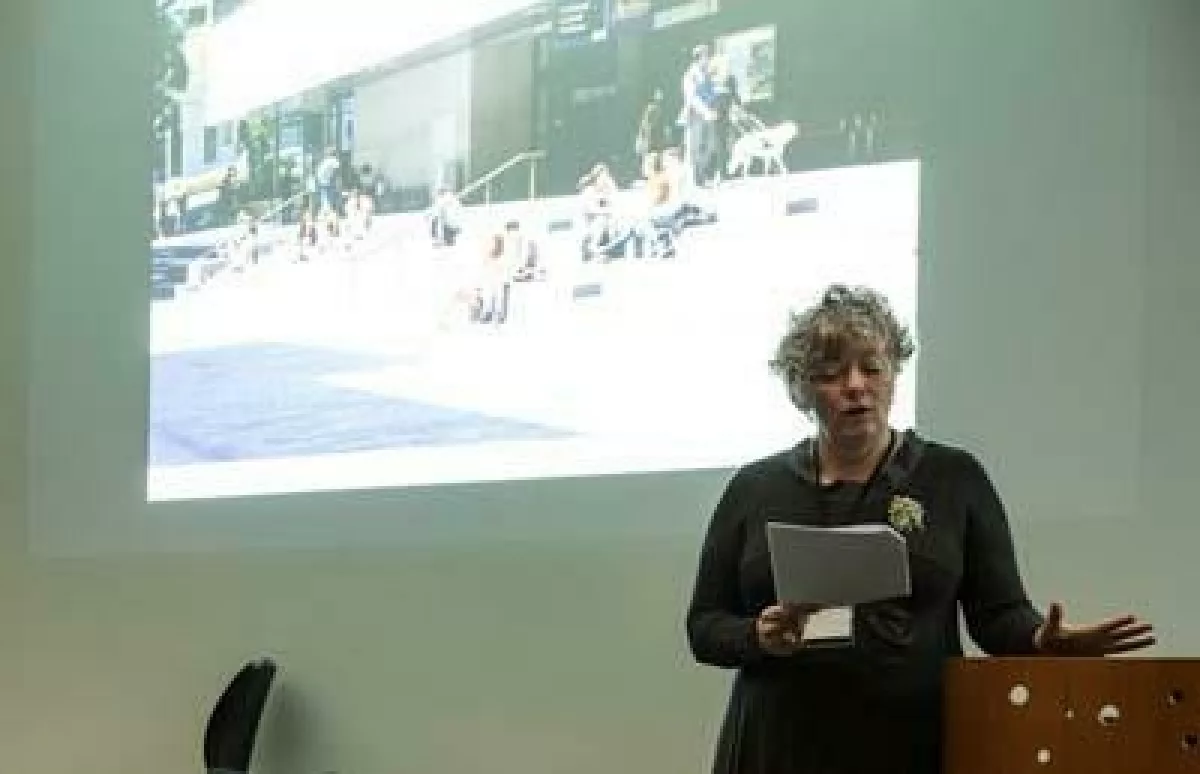
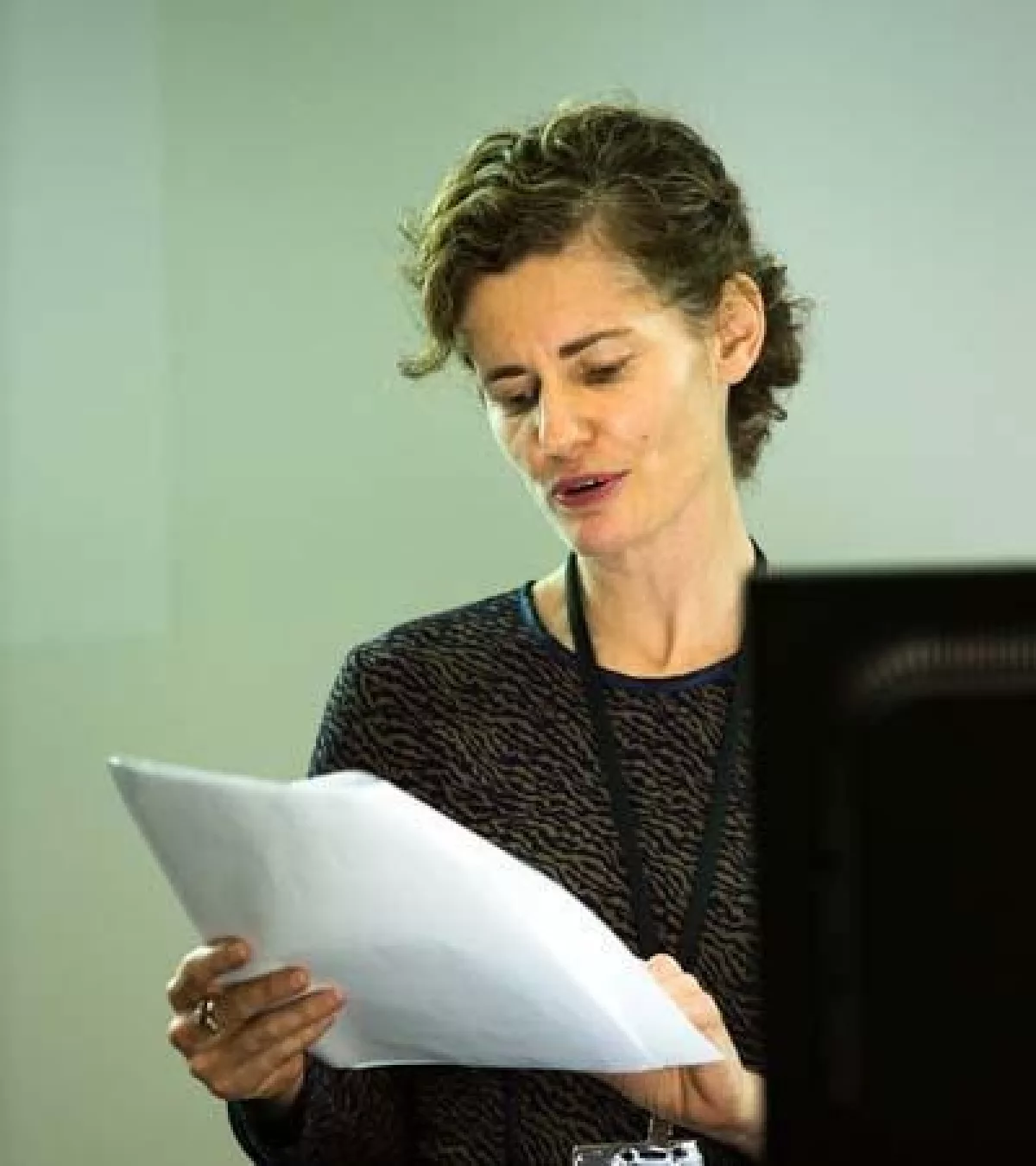
Emma Morris delighted us with her art installation, which is in fact a crystallisation study inversing the science of extracting information from core-sampling of ice. Emma's studies at The Bartlett, University College London, benefitted from the chance supervision by a pair of tutors, one a practicing architect and the other a scientist. Sue Gallagher's journey to academia and spatial design has been informed by performance art. Sue's studies of flexible transformative space - conducted, unsurprisingly, within very tight budgets - are exemplified by a beautiful fluid drapery of foil for a NZ Dance Company set design.

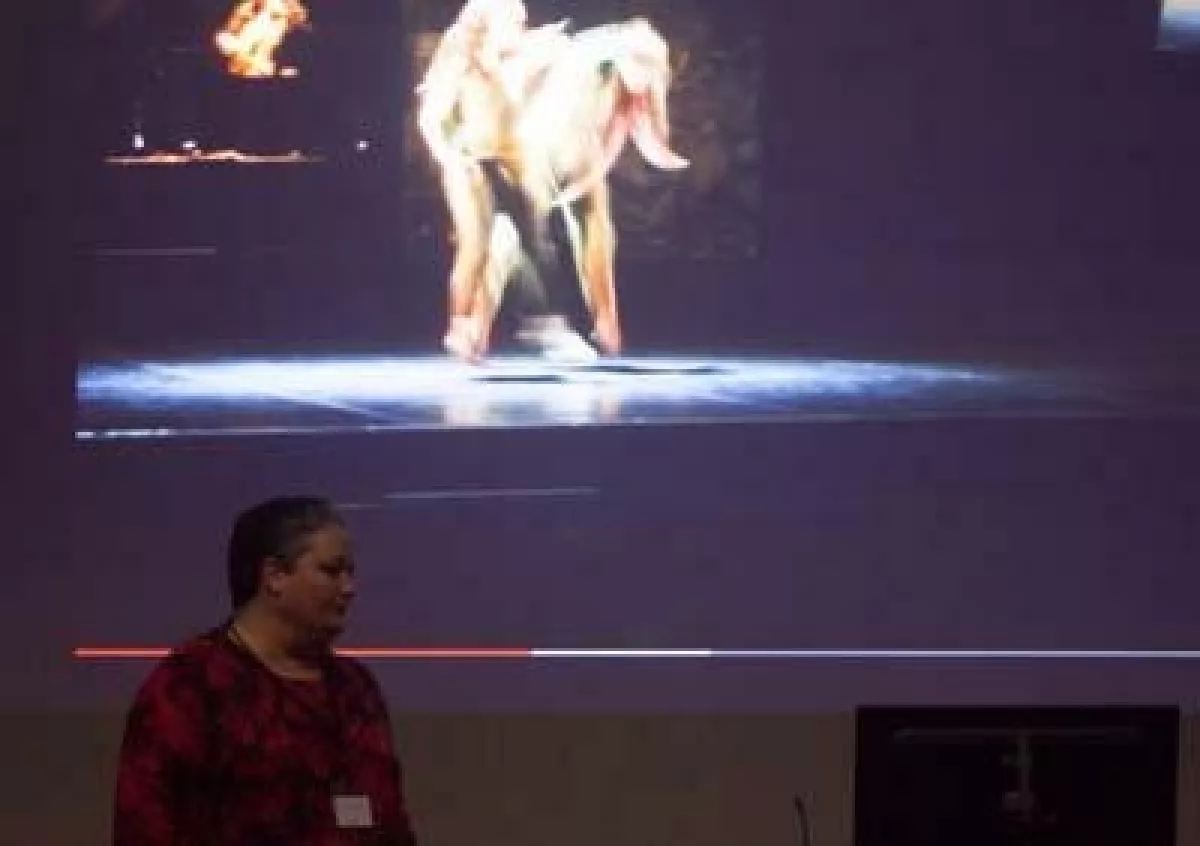
Jacqui Chan, mid-PhD at RMIT, showed us her poignant Christchurch jewellery project, Host a Brooch, which engages the public at a very personal level with experiential pieces made from earthquake detritus. Keri Whaitiri delighted with some exquisite silver jewellery with a strong landscape connection founded in her cinematography and sound installation work. It was no surprise to learn that Keri is pursuing yet another career avenue and is now studying Landscape Architecture.
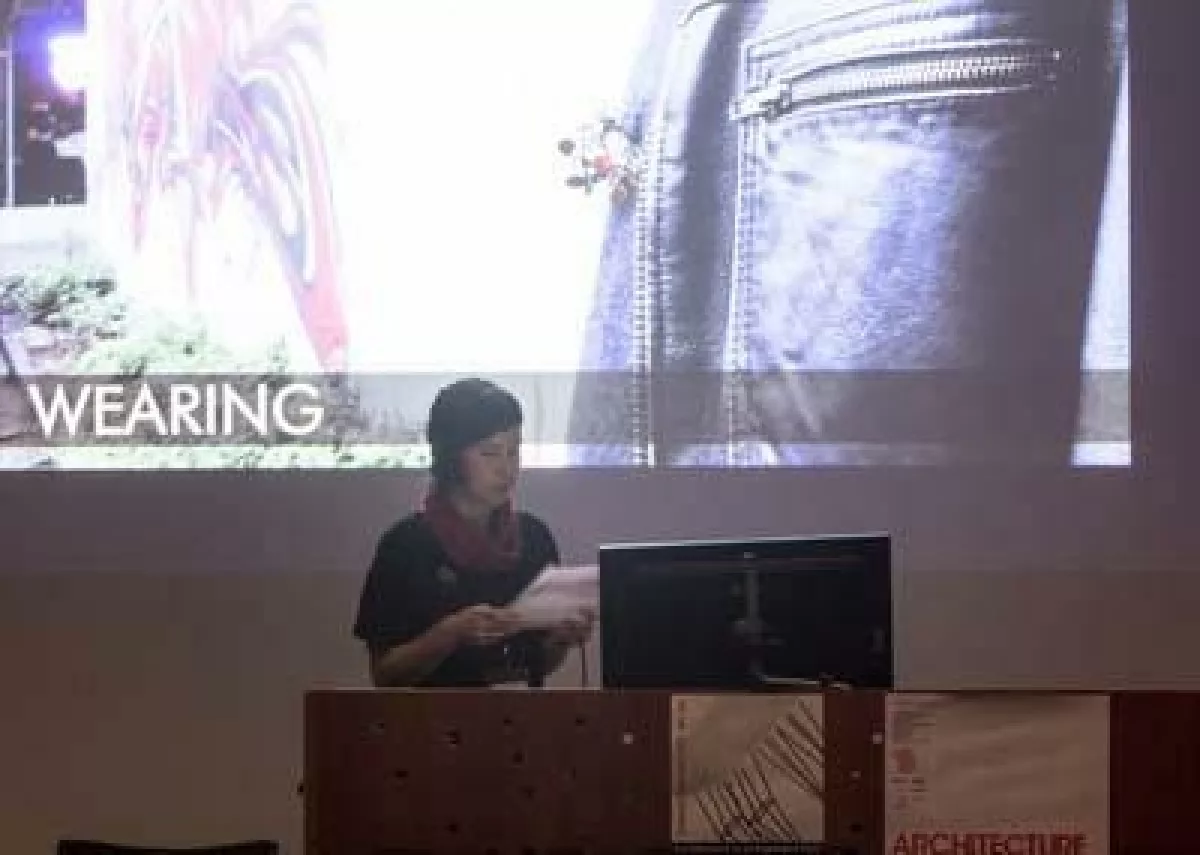

Rachel Carley strikes at the heart of the mundane and captures the beauty of the commonplace. Through her beautiful ceramics she celebrates the everyday as depicted historically through applied art, alluding to the writings of Gertrude Stein and her philosophies for her teaching of Interior Design history, theory and studio practice. Kate Linzey is currently working on her PhD in Australia. Her background in architectural and art history has taken a whimsical turn, expressed in her talk on "Laughter as Figure in Motion", which drew on her research into the influences and progressions of Len Lye's design, Temple of Lightning.
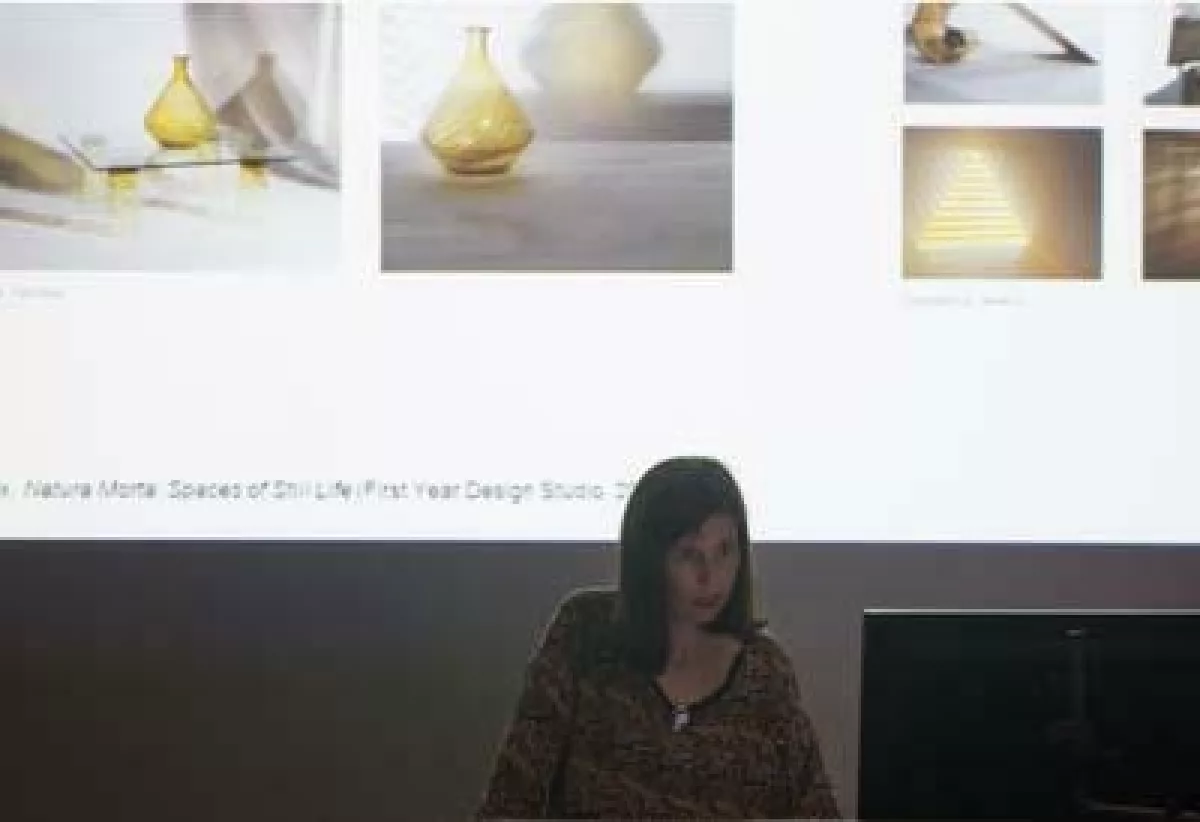

We concluded that while we all love architecture we need not be bound by it in traditional models. We are primarily problem-solvers; we're practical and we enjoy using our hands, joining the dots, seeing the patterns, being creative and simply helping people. Many of the speakers made the case for collaborative work. It is a changing world and traditional practice models may not fit new paradigms. For example, there is a need for employers to provide meaningful part-time work for both genders. Could the education sector look at assisting women when they are ready to re-enter the profession?
Keynote speaker two, Yui Tezuka, yet another breath of fresh air, not only because of her disarming personality but also for her enviable work environment - seemingly balustrade-free! Our curiosity was piqued when we were shown elegant gravity-defying spans with no more explanation than "you can do anything with technology"! The built work Yui has created with her husband/partner is beautiful, full of joy, simply in their image. This was a gracious finale.

Many of the speakers cited Sarah Treadwell's mentorship as being instrumental in their professional development and this was roundly affirmed by the audience. Sarah was responsible for the theme and structure of the symposium which was declared to be most successful. Thanks to Sarah, and Lynda Simmons, Charissa Snijders and their team."


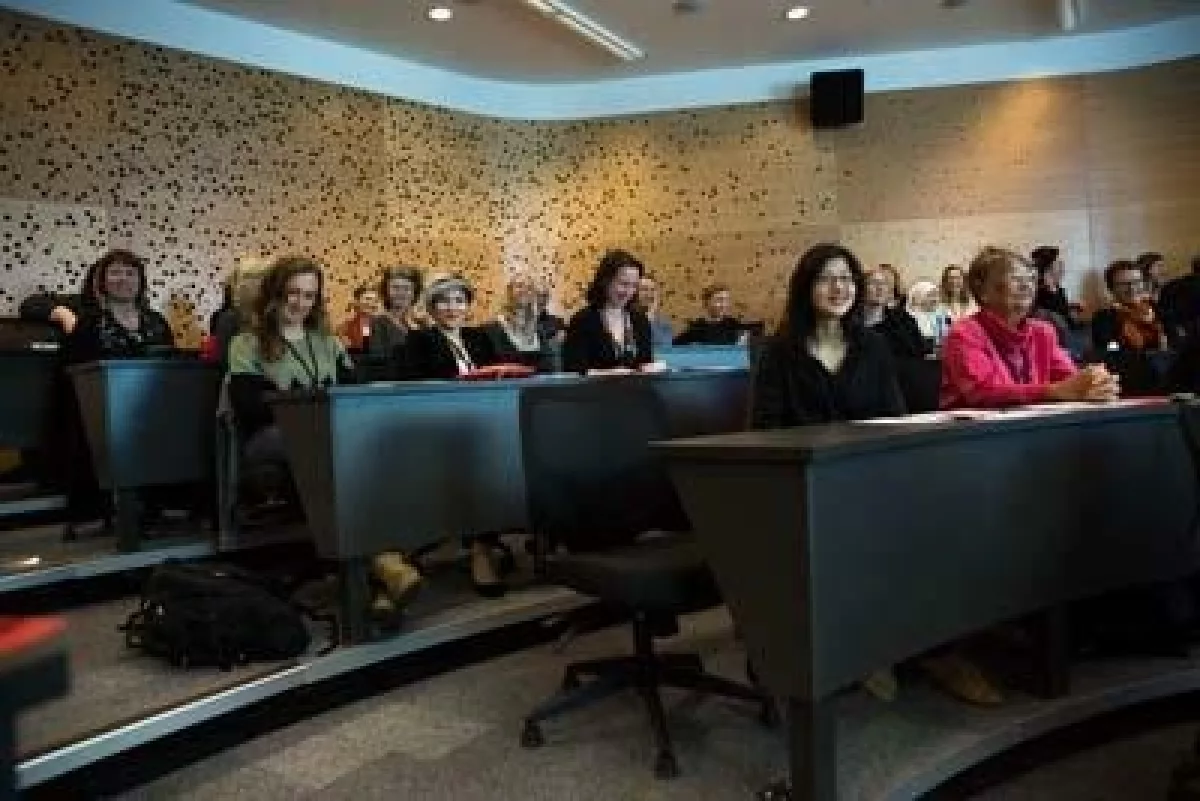

words by Wendy Shacklock




